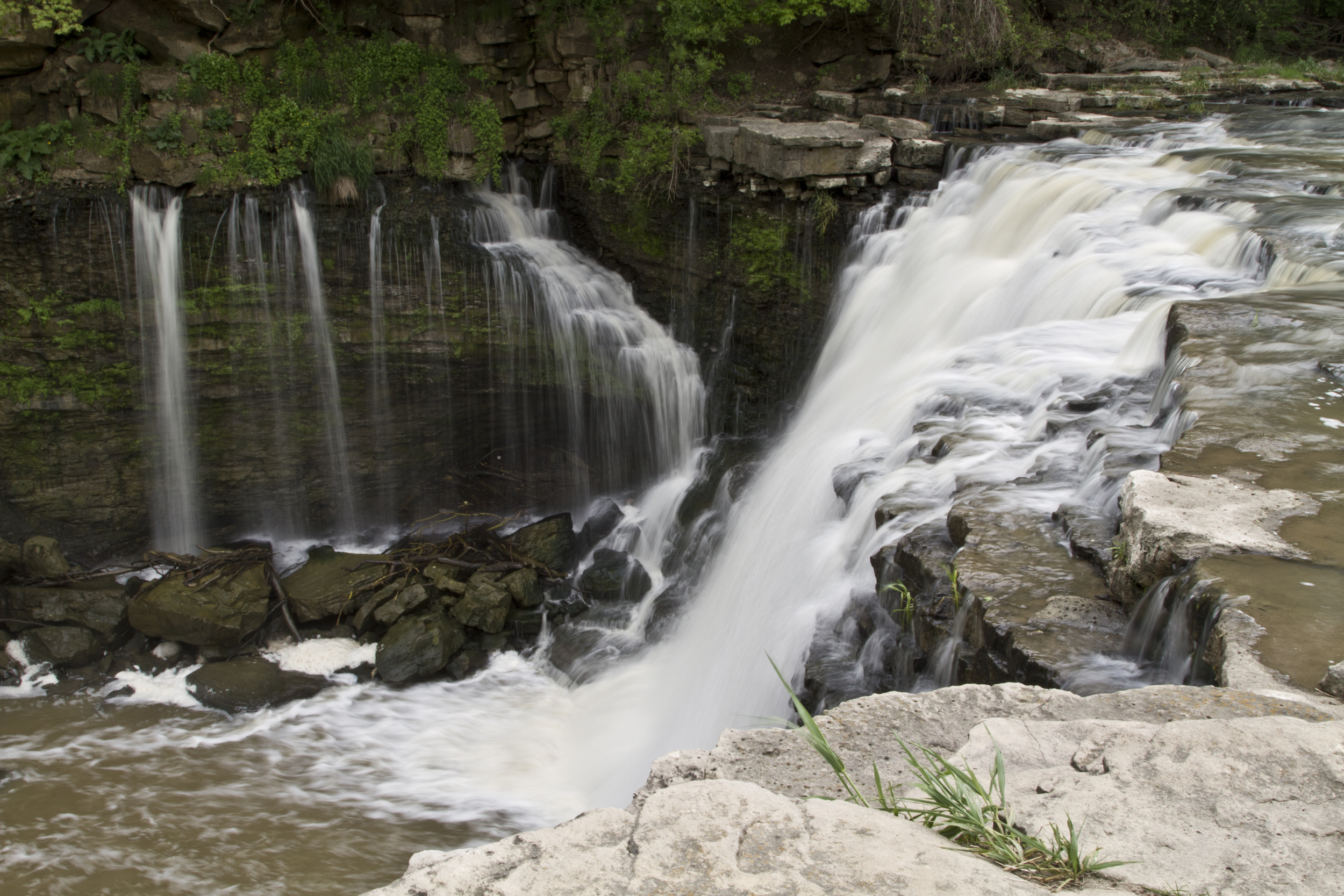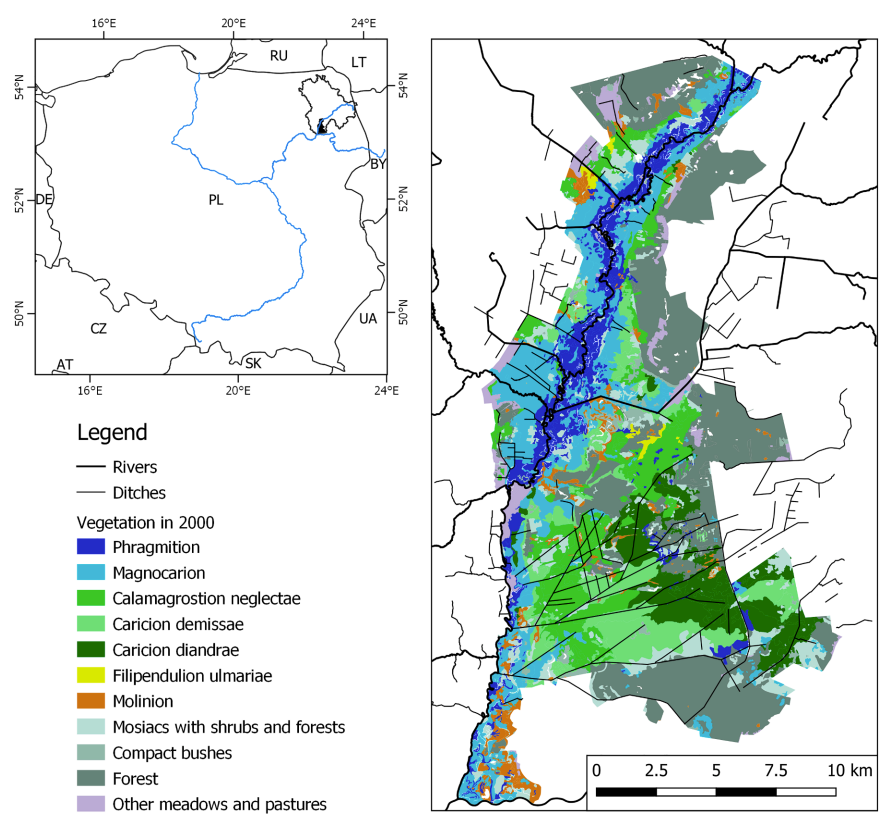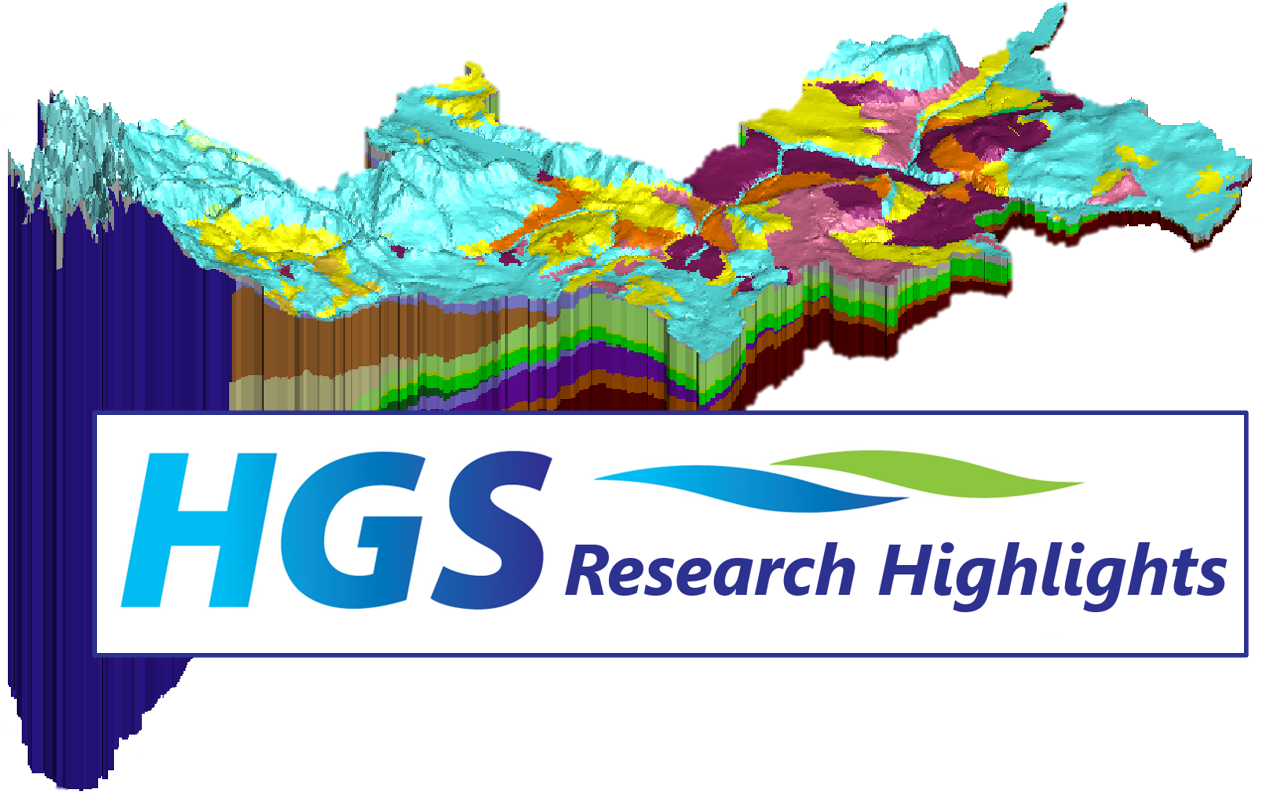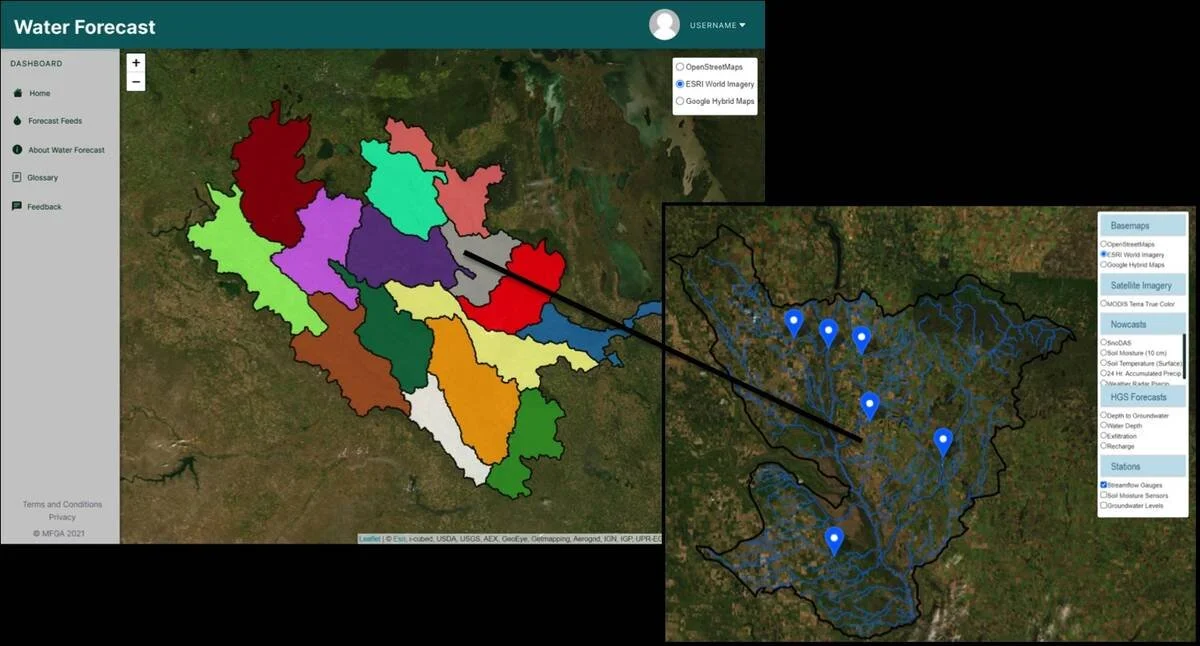

Introducing hgs2vtu for HGS model post-processing - Aquanty Webinar
We’re pleased to share the recording of our recent webinar introducing hgs2vtu.exe, the powerful new post-processing utility designed to modernize and streamline visualization of HydroGeoSphere (HGS) model outputs.

HGS RESEARCH HIGHLIGHT - Natural and anthropogenic drivers of the water table dynamics in a riparian fen peatland
This publication, co-authored by Adrien Renaud, Claude Mügler, Véronique Durand, and Marc Pessel, which examines the natural and anthropogenic drivers of water table dynamics in a riparian fen peatland along the Essonne River in France. This study leverages HydroGeoSphere (HGS) to couple surface and subsurface hydrology, providing new insights into how precipitation seasonality, vegetation activity, and river regulation influence peatland water levels.

NEW version of HGS PREMIUM December 2025 (REVISION 2898)
The HydroGeoSphere Revision 2898 (December 2025) is now available for download.

HGS RESEARCH HIGHLIGHT - Using water sources extent during inundation as a reliable predictor for vegetation zonation in a natural wetland floodplain
We’re pleased to highlight this publication, co-authored by Tomasz Berezowski and Martin Wassen, which investigates how the extent of water sources during inundation can be used as reliable predictors of vegetation zonation in wetland floodplains. This study leverages HydroGeoSphere (HGS) together with the Hydraulic Mixing-Cell (HMC) method to address long-standing challenges in modelling vegetation dynamics by explicitly accounting for the spatial distribution of different water sources during floods.

HGS RESEARCH HIGHLIGHT - Groundwater flow and age in topography-driven groundwater flow systems with geological barriers
The research examines how groundwater age and flow systems are influenced by topography and geological barriers, using numerical simulations to clarify the interaction between surface-driven flow and subsurface heterogeneity. Traditional models of topography-driven flow often assume homogeneous geologic conditions, which can obscure the role of stratigraphic variations in shaping groundwater movement and age distribution. This study offers a detailed exploration of how structural barriers— such as low-permeability formations— interrupt or redirect groundwater pathways and affect the spatial and temporal distribution of groundwater age.

HGS RESEARCH HIGHLIGHT – External and internal drivers behind the formation, vegetation succession, and carbon balance of a subarctic fen margin
In this research publication, researchers investigated the formation, vegetation succession, and carbon balance of peatland margins in Finnish Lapland. This study leverages HydroGeoSphere (HGS) alongside paleoecological records and remote sensing to address long-standing challenges in understanding how new peatland areas initiate, expand, and influence climate through carbon cycling.

NEW version of HGS PREMIUM November 2025 (REVISION 2888)
The HydroGeoSphere Revision 2888 (November 2025) is now available for download.

Manitoba Forage and Grasslands Association wins Water Canada innovation award
We’re proud to share that the Manitoba Forage and Grassland Association (MFGA) has been awarded the 2025 Early Adopter/Innovation Partnership Award from Water Canada for its pioneering work with Aquanty on hydrologic modelling in Manitoba.
The award recognizes outstanding collaborations that advance Manitoba and Canada’s water sector through innovation and partnership. MFGA earned this recognition for its leadership in applying Aquanty’s HydroGeoSphere-based modelling platform to better understand and manage water resources across agricultural landscapes.

HydroClimateSight Feature Highlight: Real-Time Soil Moisture Forecasting on Demand
At Aquanty, we're redefining how soil moisture forecasting is done in precision agriculture. Our latest innovation brings together real-time weather data, advanced hydrologic modelling, and cloud automation to deliver accurate, hyper-local soil moisture forecasts, on demand, at the click of a button. Built for farmers, consultants, researchers, and planners, this tool provides the insights needed to optimize irrigation, support crop health, and plan field operations with confidence.

HydroSphereAI — Aquanty’s Artificial Intelligence Platform — has won the Water Canada New Tech Award for 2025.
Aquanty is proud to announce that our latest innovation — HydroSphereAI — has won the New Tech Award at the 2025 Water Canada Awards.
